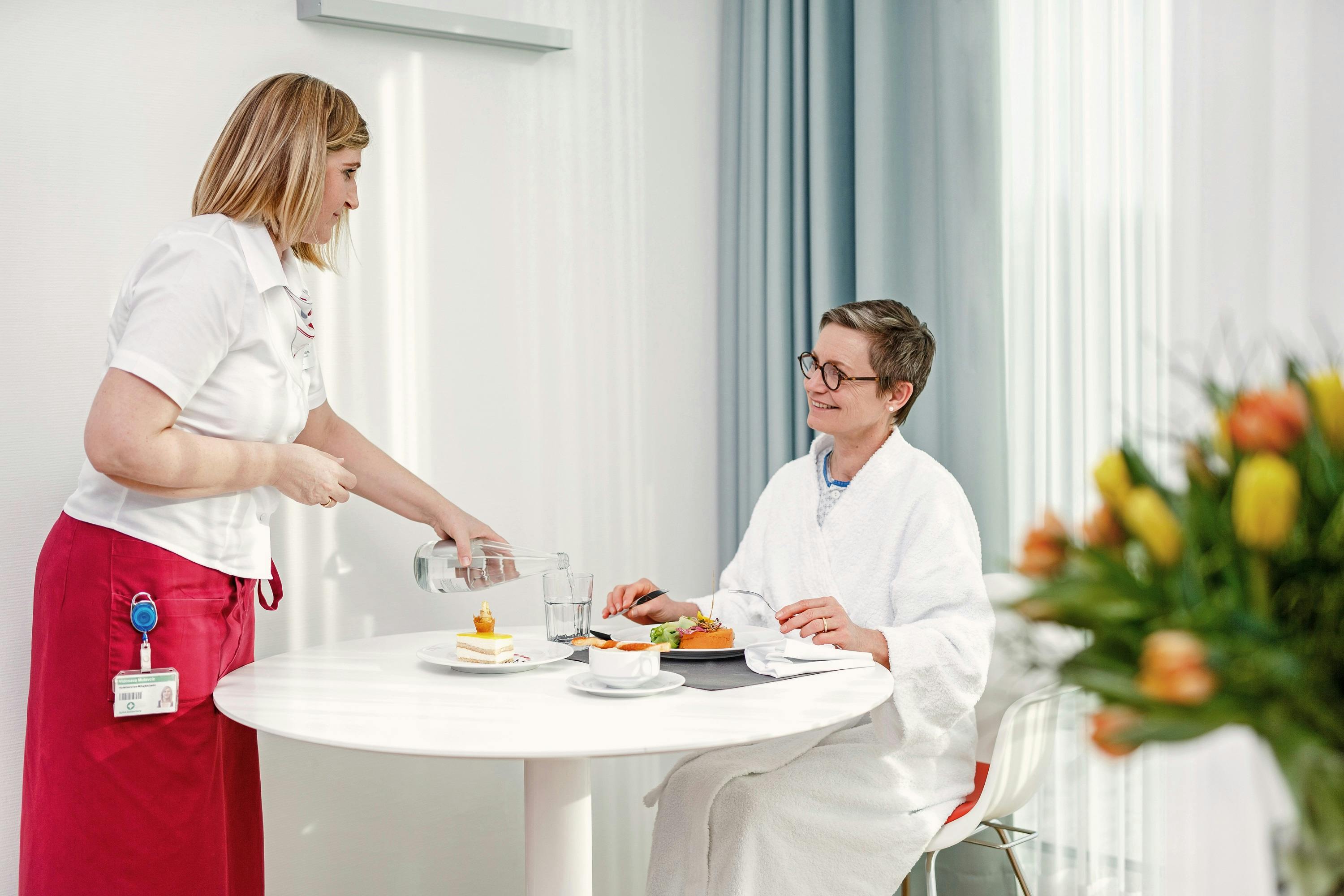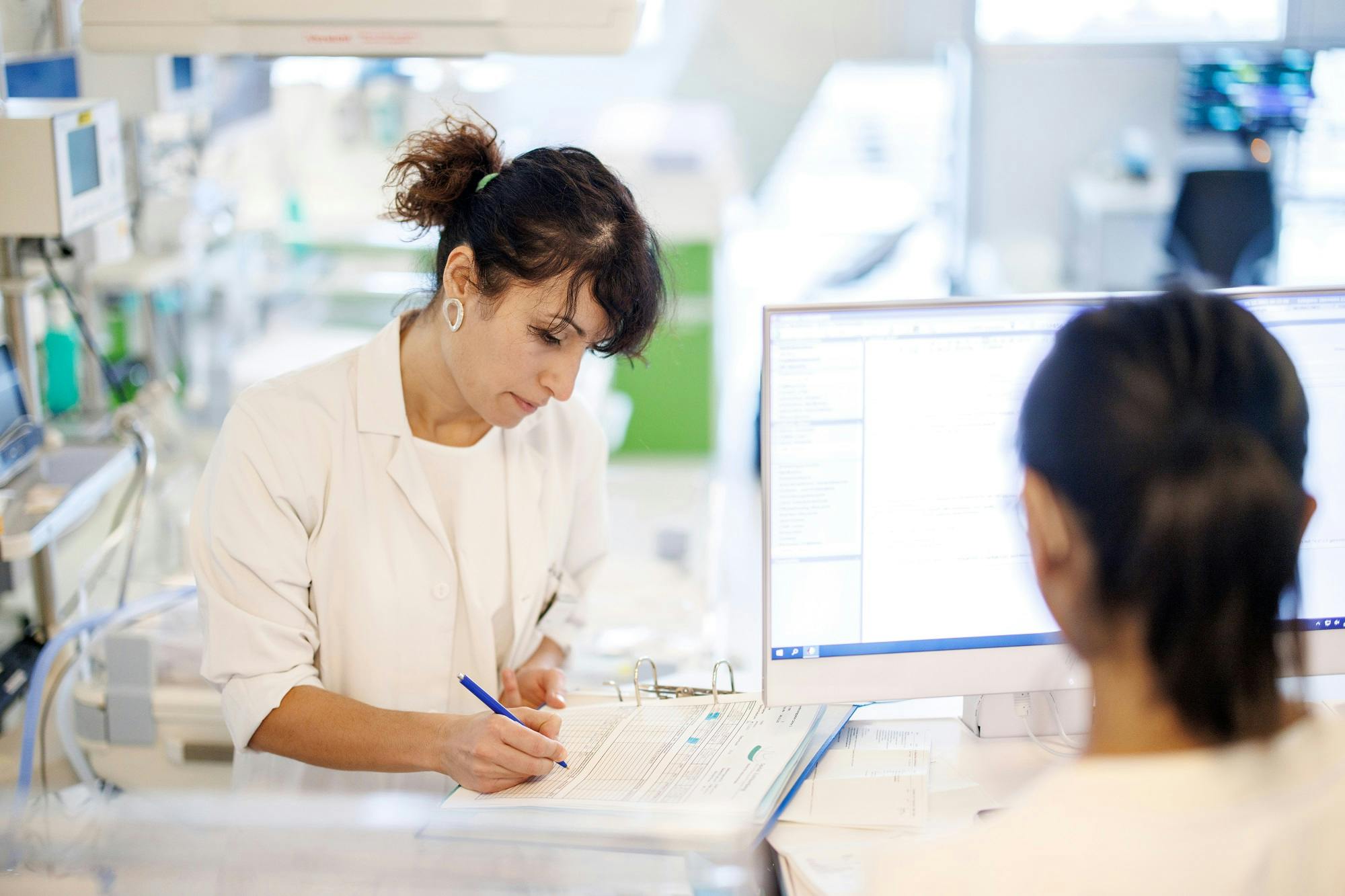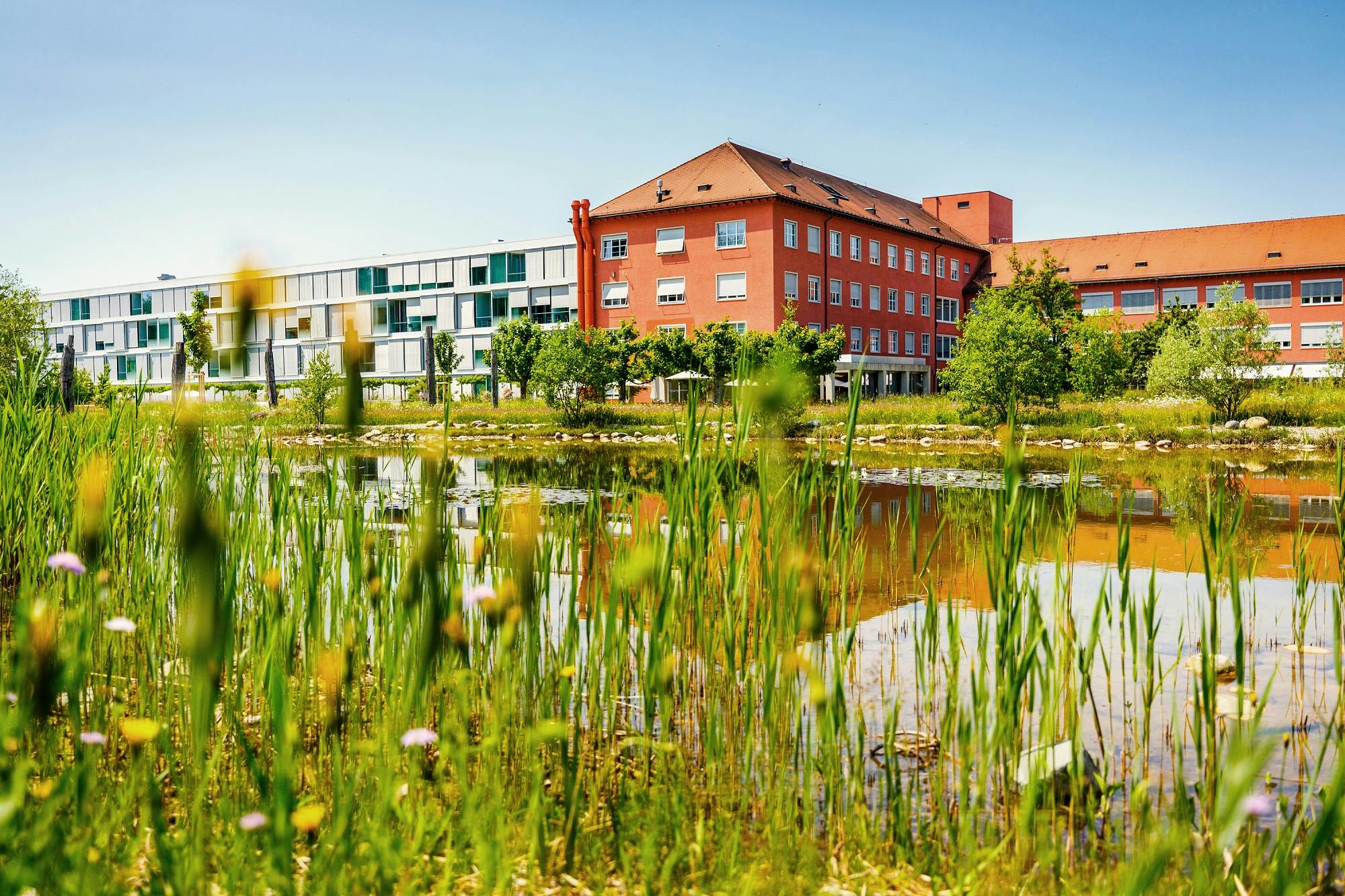What to do if you have an unfulfilled desire to have children
December 1, 2021
10 min
10 to 20% of all couples in Switzerland have difficulties fulfilling their desire to have children. You may also find answers to your questions in the interview.
Mrs Peric, when do we talk about "unfulfilled desire to have children" and what does this mean?
The term "unfulfilled desire to have children" is used when a couple is unable to conceive for over a year despite having regular sexual intercourse at the right time. After one year (after six months for women over 35), clarifications should be made at a fertility centre.
What are the possible causes?
Unfulfilled desire to have children is very common and affects around one in six couples in Switzerland who wish to have a child. In around one third of cases, the cause lies with the woman, one third with the man and one third with both partners.
What role does a person's lifestyle play in this?
A healthy lifestyle with regular exercise and a balanced diet can have a positive influence on the onset and progression of pregnancy.
How can couples positively influence their desire to have children?
Most couples already lead a healthy lifestyle. Smoking has been proven to be harmful, reduces fertility in both men and women and also increases the risk of miscarriage. Weight reduction in case of obesity and regular exercise can also increase the chances of pregnancy. When it comes to diet, care should be taken to ensure an adequate intake of vitamin D and iron and these should be substituted if a deficiency is proven.
What treatment options are there and what are the chances of conceiving?
There are various stages in the treatment of an unfulfilled desire to have children. The simplest form of support is to optimise ovulation with low-dose, self-administered injections or tablets. The growth of the follicles is monitored by ultrasound and the couple has intercourse at the optimum time.
The next stage is intrauterine insemination, in which the sperm is processed, i.e. the sperm most suitable for pregnancy is "filtered out" and inserted directly into the uterus using a very fine catheter. The chances of pregnancy with these treatments depend on the conditions (age of the couple, sperm quality, ovarian reserve) and are on average between 15 and 25 per cent per cycle. If these treatments do not result in pregnancy or the requirements for this are not met, the next step would be artificial fertilisation outside the body in a test tube. In this procedure, the eggs are retrieved from the vagina in a minor operation under anaesthetic and fertilised in a test tube with the partner's sperm. Hormone stimulation is usually carried out before the procedure in order to obtain a larger number of eggs and thus increase the chances of pregnancy. Even with this treatment, the chance of becoming pregnant depends on various factors such as age, egg quality or sperm quality and averages around 35 per cent.
How is it decided which treatment is best?
The most suitable treatment is decided together with the couple, depending on the medical conditions revealed by the previous investigations. Of course, the couple's wishes are always taken into account.
How do the basic investigations and individual treatment work?
After the initial consultation, during which the couple's medical history is recorded, an ultrasound is performed to assess the uterus and ovaries. In addition, a blood sample is taken to determine the woman's hormone levels between the third and fifth day of her period. At the same time, the partner's sperm quality is analysed.
If the hormone levels and sperm results are unremarkable, the patency of the fallopian tubes is examined. This is usually carried out in the first half of the cycle using contrast medium ultrasound. This is an ultrasound examination via the vagina without radiation exposure, in which a foam that is clearly visible in the ultrasound is inserted into the uterine cavity using a fine catheter. For special questions, for example if there is a suspicion of endometriosis or adhesions in the lower abdomen, a laparoscopy is useful, during which the patency of the fallopian tubes can also be checked.
During fertility treatment, several ultrasound examinations are usually carried out in order to determine the optimum time for triggering ovulation and subsequent insemination or artificial fertilisation. We create an individualised stimulation plan depending on the length of the cycle and response to previous stimulation treatments, as these can be different for every woman.
What are the costs and which costs are covered by health insurance?
The first two stages of fertility therapy, i.e. hormone support for timed intercourse and intrauterine inseminations, are covered by health insurance. Hormone treatment is covered for one year and three inseminations per pregnancy. Artificial insemination is not covered by health insurance. The cost of a treatment cycle is usually between CHF 8,000 and CHF 9,000.
In conclusion. What advice would you give to couples whose desire to have children remains unfulfilled despite repeated treatment?
Seek detailed advice from a fertility centre as to whether further treatment is advisable and what your individual chances of success are. If pregnancy does not occur after multiple treatments, this is naturally very stressful for the couple. It can help to seek professional support outside of your relationship, family and circle of friends, for example from a psychologist or fertility counselling.
0/0
Weitere Beiträge
Counsellor
Stress - when body and soul get loud: what you should know
Stress is almost part of everyday life in our fast-paced world. However, if it becomes ingrained and repeatedly throws our everyday life out of balance, it can become a burden for body and mind. We would like to offer you some guidance in this article: What happens when you are stressed, how do you recognise that it is time to pause and how can you find peace and balance again?
Counsellor
Hormone fluctuations in winter: What's really behind them?
Many women experience changes in their physical and mental well-being in winter. They feel tired more often, less resilient or more emotionally sensitive. Cycle changes or more intense premenstrual symptoms are also noticed more often during this time. In addition to external factors such as the cold, less exercise or a change in lifestyle, hormonal processes can also play a role.
Counsellor
Spinal surgery: everything you need to know
At Zollikerberg Hospital, the highest precision applies to one of the most central and at the same time most demanding areas of the body - the spine. Spinal surgery here means not only modern, minimally invasive technology, but above all sound expertise, experience and careful, holistic care. This is what Dr Filippo Mandelli, Head of the Spinal Surgery Clinic, and his team stand for. They treat conditions such as herniated discs, spinal canal stenosis, spondylolisthesis, spinal deformities and degenerative changes competently and sensitively and accompany patients on their way to greater stability and quality of life. In this interview, you can find out what is particularly important in these complex interventions - and what modern spinal medicine can achieve today.


